It’s been an odd year so far for us moth-ers. There was an odd burst of numbers and diversity back in mid-March but that was followed by some very lean lighting-ups in April when it was generally cold and wet forever. It was only on the 8th May that there was a sudden up-tick. We had warmer evenings and on the night of 12th May, I recorded 36 moths of 25 species. 14 of those were new for the year (NFY) and one of them, Grey Pine Carpet, was new for my garden (NFM).
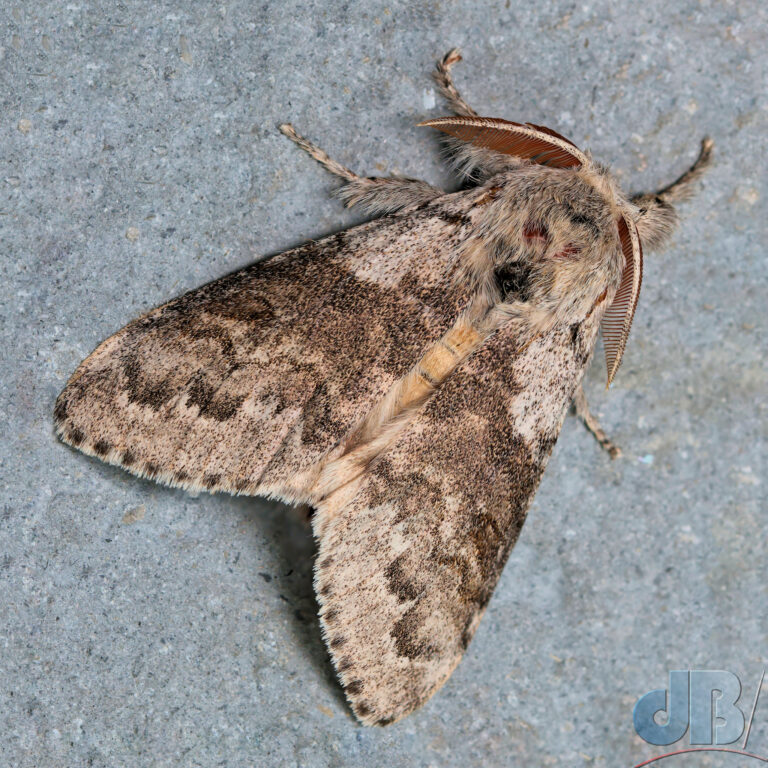
Next session, wasn’t quite as rich, but there were still seven species NFY, including a couple of Pale Tussock, a Maiden’s Blush, Pebble Hook-tip, The Spectacle, and a White Point. Moth names are just as diverse as the moths themselves.
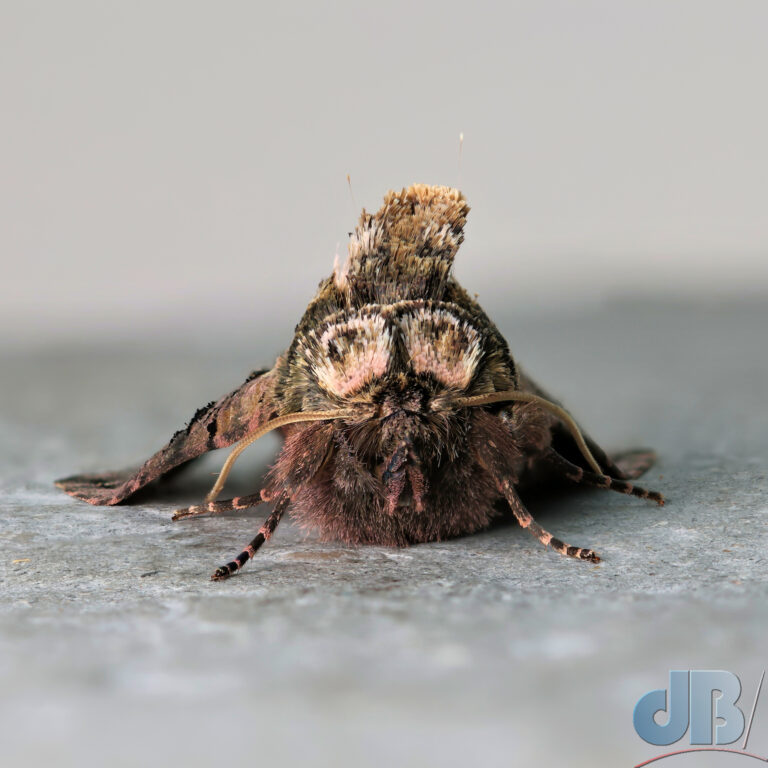
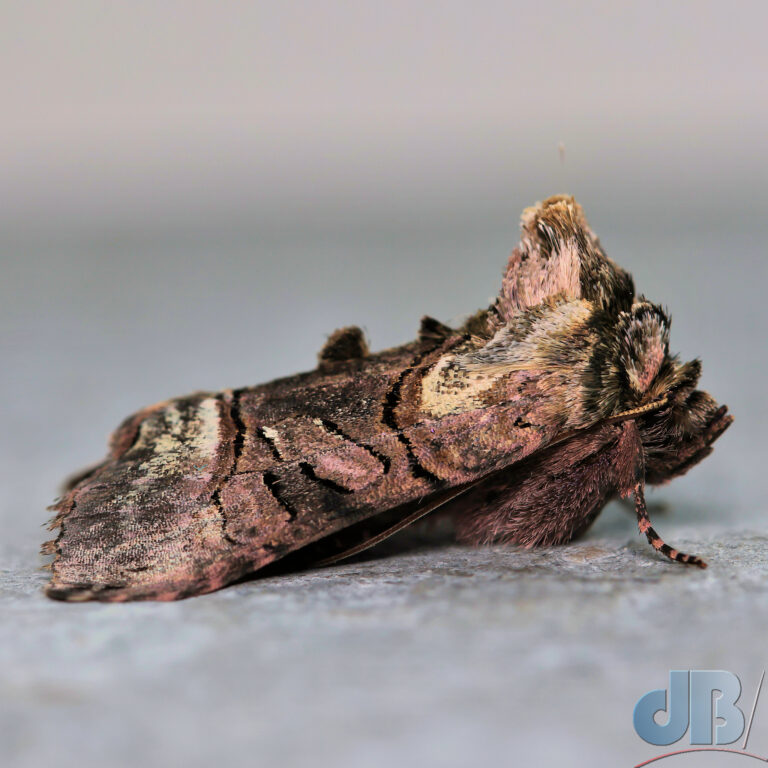
So, as of 13th May, that’s 84 lighting-up sessions mainly with a 15W Wemlite UV fluorescent tube on a Robinson trap. The next few weeks will hopefully see diversity and numbers rising still further.
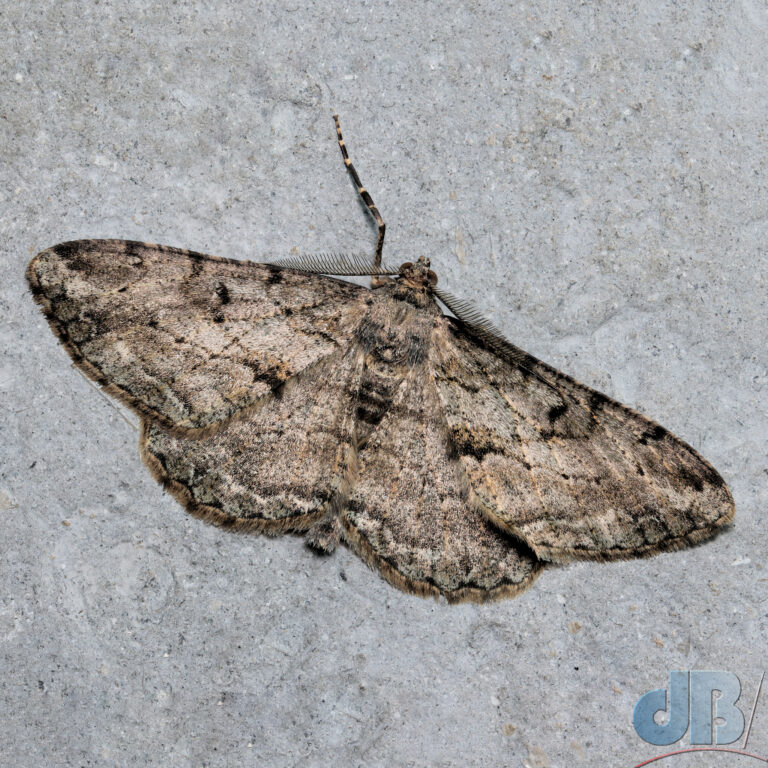
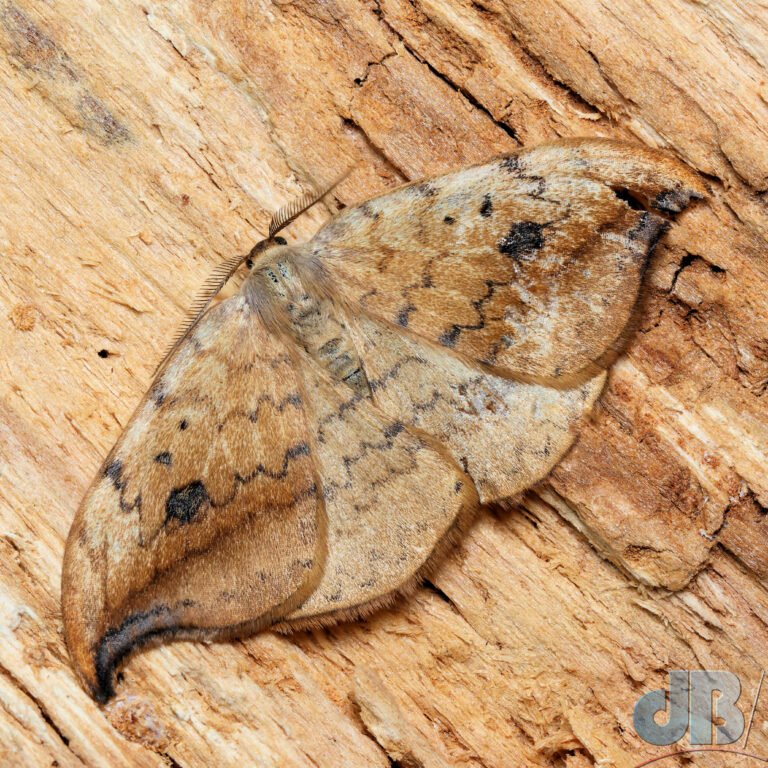
I’ve written about the industrial evolution of the Peppered Moth on numerous occasions. It’s held up as an example of evolution in action. Here’s the non-melanic, “clean air” form that turned up on the night of 14th May.
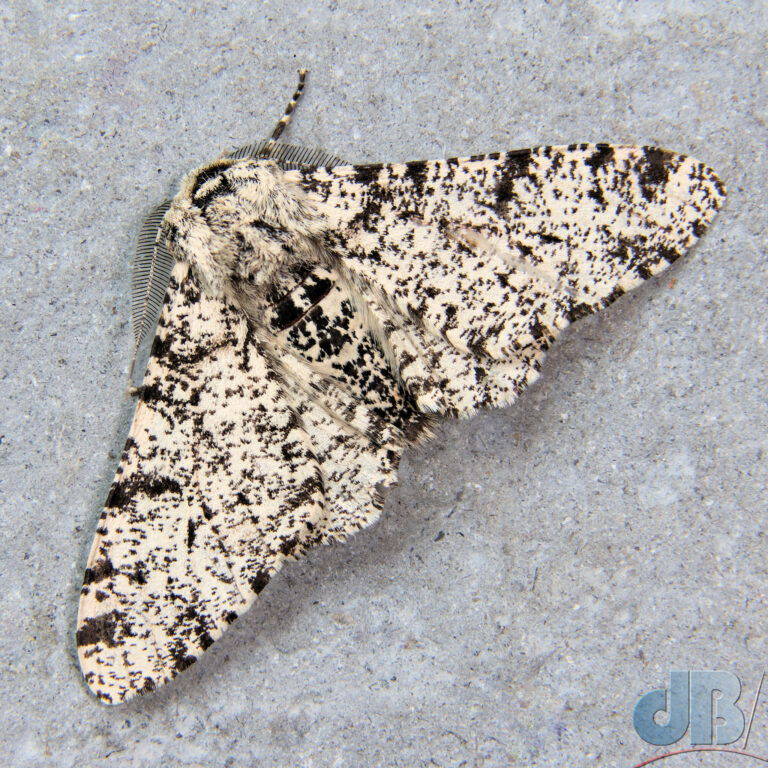
The Silver Y is a migrant species turning up in their thousands some years if conditions are right. It is found all over the UK, but seen most commonly, and obviously, at coastal watch points. Its name comes from the silvery Y shaped marking on its wings. The scientific name is Autographa gamma, which suggests that the marking might also be the third letter of the Greek alphabet, gamma. Often to be seen nectaring on wildflowers and garden flowers during the day, at dusk, and at night.
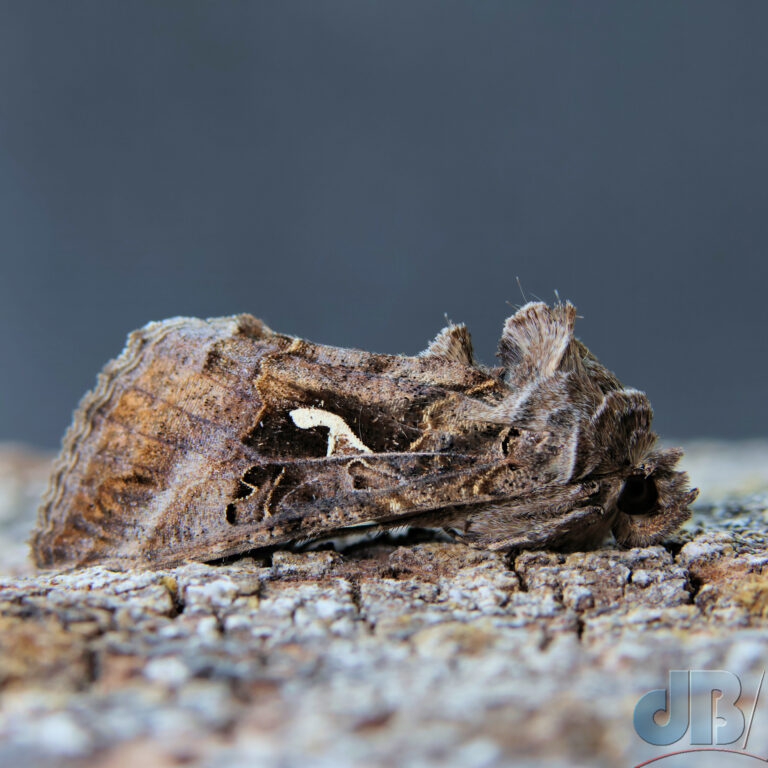
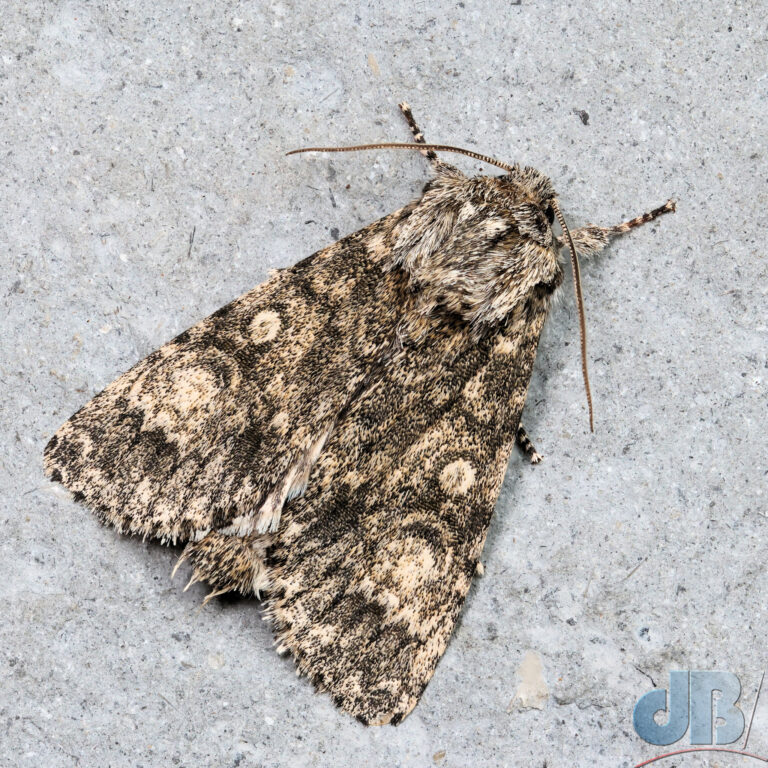
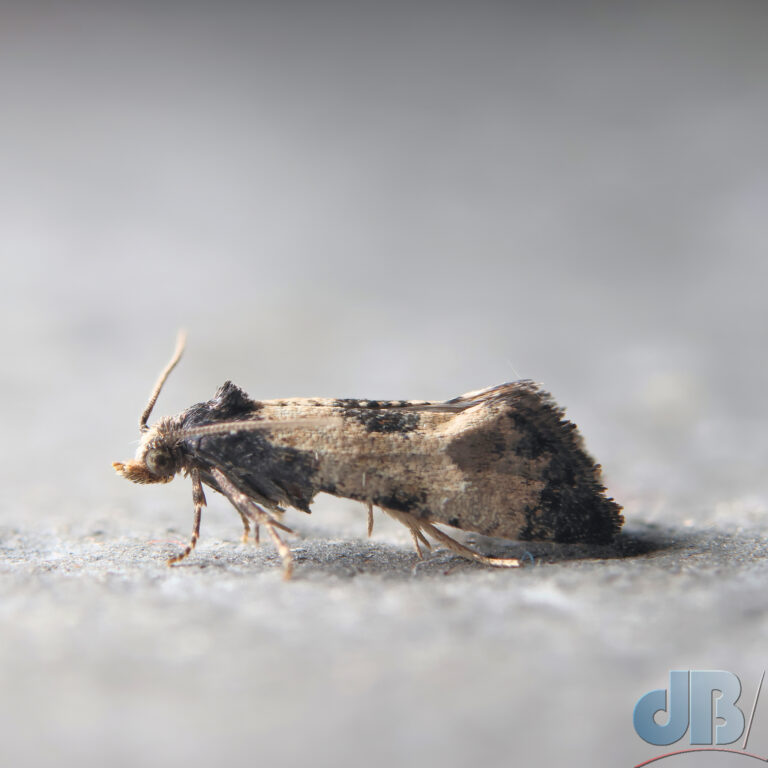
I usually see well over 300 species in the garden over the course of the year and a few dozen of those are NFM (see definition above). I’ve been mothing since late July 2018 and at last count garden “list” stands at well over 500 species.
An update at this point in the year when it seems to be turning seemed timely.
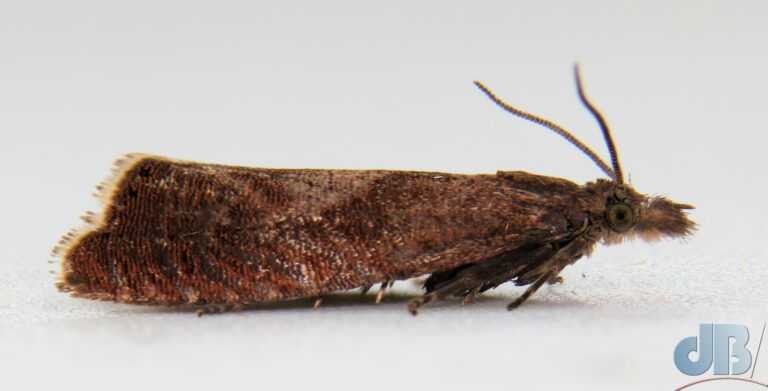
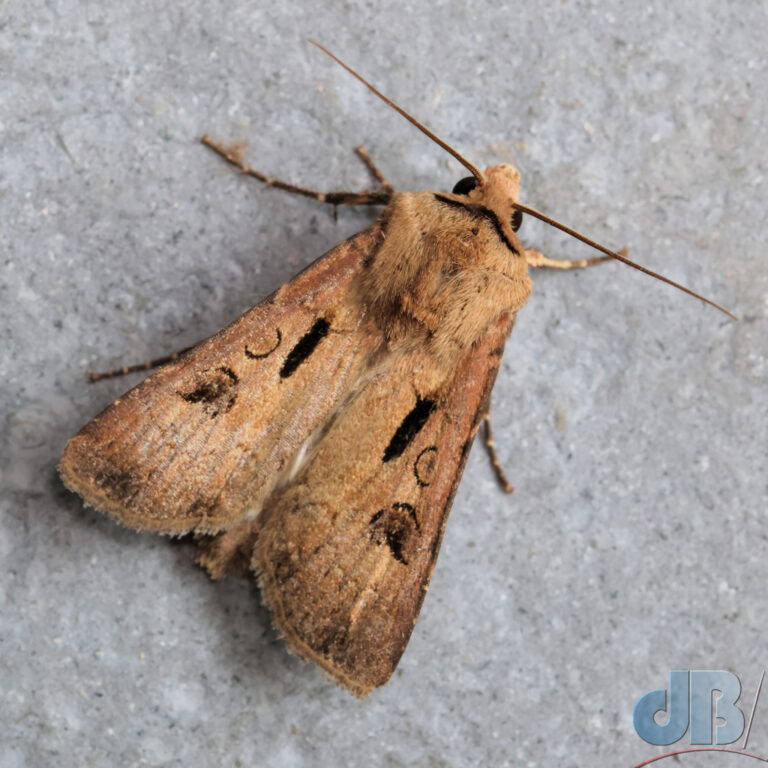
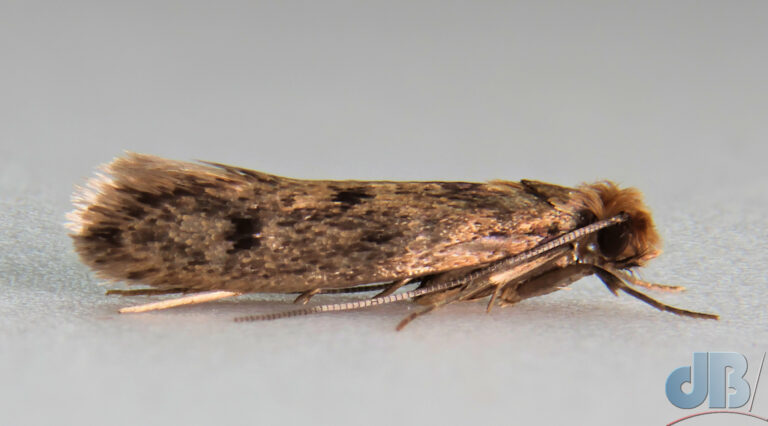
Footnote
All moths are released unharmed back into the wild well away from the trap after logging and any photography I do. All my records are sent annually to the County Moth Recorder for logging on the county and national databases so adding to our understanding of distribution of different species at the local and national level. Such scientific information can help inform those involved in conservation, agriculture, development, and other activities on which the presence or absence of moths has an impact.